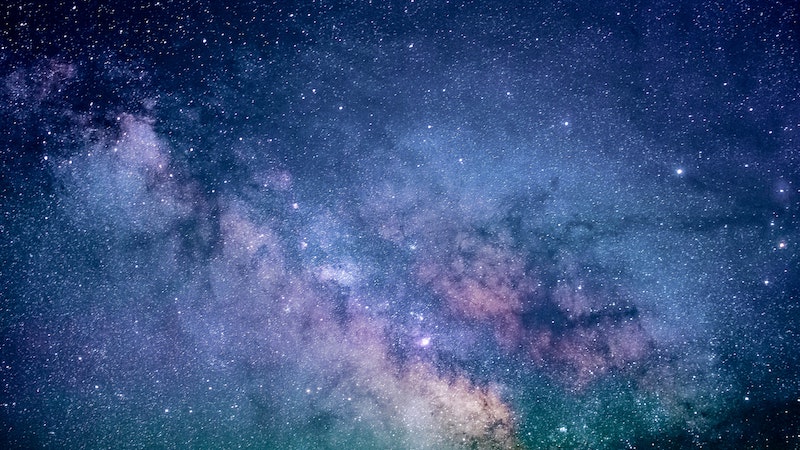From the Big Bang to Earth
Episode #1 of the course The evolution of life in the universe by Silvano P. Colombano Ph.D.
Welcome to the course on the “Evolution of Life in the Universe” on Highbrow. I am Dr. Silvano Colombano, a retired NASA researcher, and it is my honor to guide you on this quick amazing journey along the path of Life in the universe from its origins to where it might lead in the future.
One of the fundamental notions I hold is that Life is not just something that happened by chance on our little Earth about 4 billion years ago, but part of the natural continuity of the evolution of matter in the universe. For that reason, we will start at the very beginning…
The Big Bang
The prevailing theory of the origin of the universe holds that all the matter and energy of the universe, indistinguishable at that point, were confined to a single extremely dense clump that “exploded” between 13 and 15 billion years ago, forming and sending all matter hurling outward at speeds close to the speed of light. This occurrence became aptly known as the “Big Bang”.
Two major observations account for the major features of this theory. The first one was made by astronomer Edwin Hubble in 1929, who observed that all galaxies in the universe are receding from us and from each other at speeds of thousands miles/sec (speed of light is 186282 mi/sec). A logical implication is that there was a moment in time and space from which the whole process started. A second important observation, but one that can only be understood with a background in theoretical physics, is the presence of a “background” microwave radiation that is pervasive throughout the universe. The presence of this radiation, a kind of “afterglow” of the Big Bang, fits the mathematical models of that event. But that’s not the end of the story. It almost never is in science. There are aspects of the universe that are not clearly predicted by current models of the Big Bang, so “tweaks” to the theory will be necessary. Completely different models are still being proposed, but, for the purpose of this course, we can safely assume that the Big Bang will provide a sufficient explanation for the next step in the evolution of matter: the production of galaxies and stars.
Galaxy Formation
Just as for the Big Bang there are several theories for how galaxies formed, but, fundamentally, from a start where matter was assumed to be have been “homogeneous”, there a was formation of “clumps”, that, under the effect of gravitation and momentum imparted by the original Big Bang, took on the typical shapes of the galaxies we see all over the universe, including our own “Milky Way”. As for the Big Bang, there is a dominant theory for the formation of galaxies (Lambda-CDM model), which had to account for two very surprising observations about galaxies: 1) There is not enough visible matter in the universe to account for the gravitational forces that were necessary to form the galaxies, and 2) Galaxies are getting away from each other at an accelerating rate, as if a force were pushing them outward! To make it all work out, galaxy formation models had to assume the existence of matter we cannot see (Dark Matter) and of mysterious energy that is responsible for that surprising acceleration (Dark Energy). The existence and nature of these mysterious entities will of course be the object of research for years to come.
Meanwhile, thanks to the Big Bang and these “dark” entities we got our galactic home. What happened then?
Formation of Stars and Solar Systems
Just like the universal medium collapsed into galaxies, molecular clouds formed within our galaxy (and similarly in all others), and eventually, about 4.6 billion years ago, they collapsed into disks that included stars like our own sun, and surrounding materials that further combined to form planetary systems (protoplanetary disk). This is the general accepted picture, but of course, there are several models that try to account for specific features of our system. This area of research is still very active, as we are now acquiring the technology that will allow observation of neighboring planetary systems as well.
Finally, we arrived at our little “3rd rock from the sun”. The evolution of our planet is closely tied into the origin of life and that will be the focus of our next lesson.
The journey has just begun.
Recommended books
Galaxy Formation and Evolution by Houjun Mo, Frank van den Bosch, and Simon White
Introductory Astronomy & Astrophysics by Stephen A. Gregory, and Michael Zeilik
Share with friends

